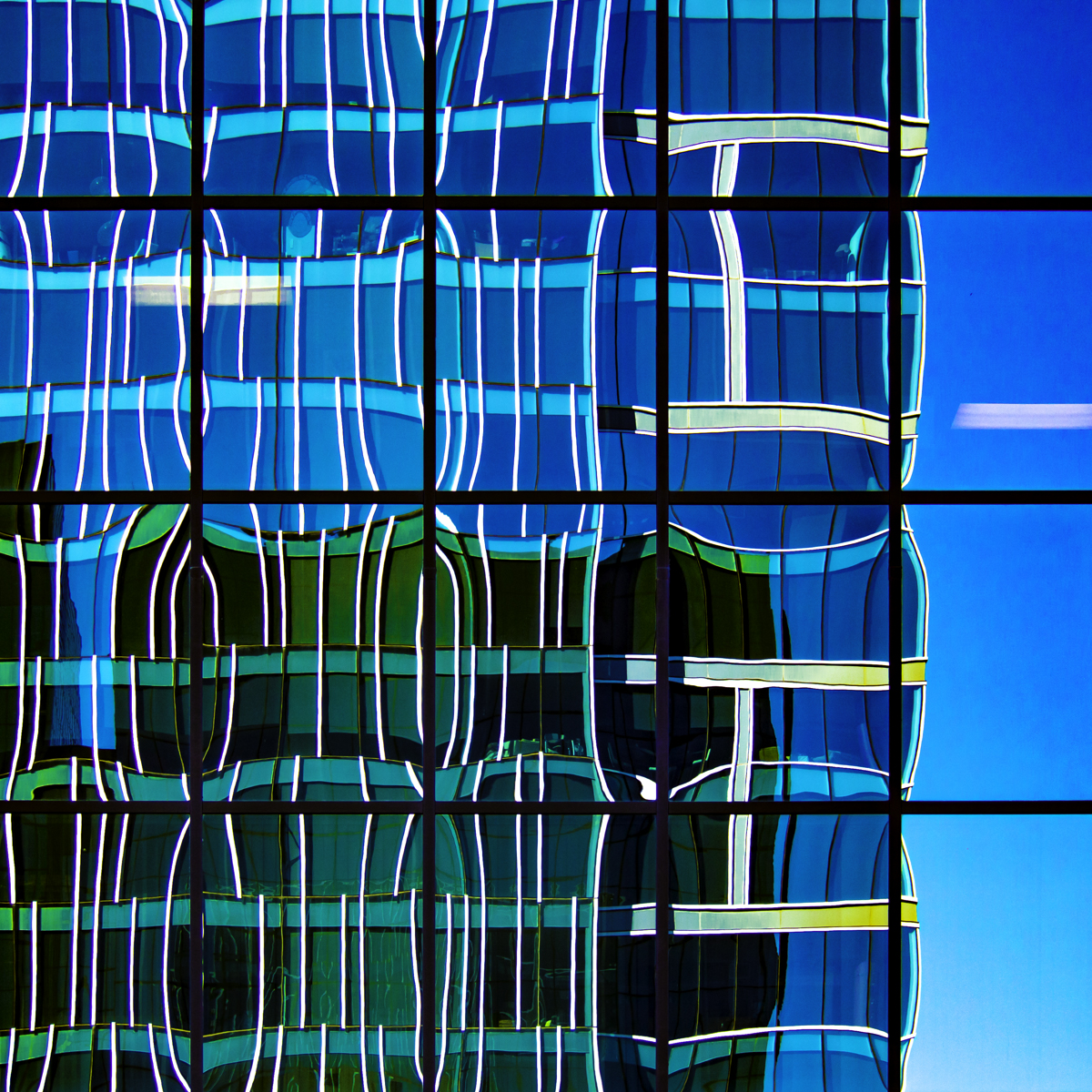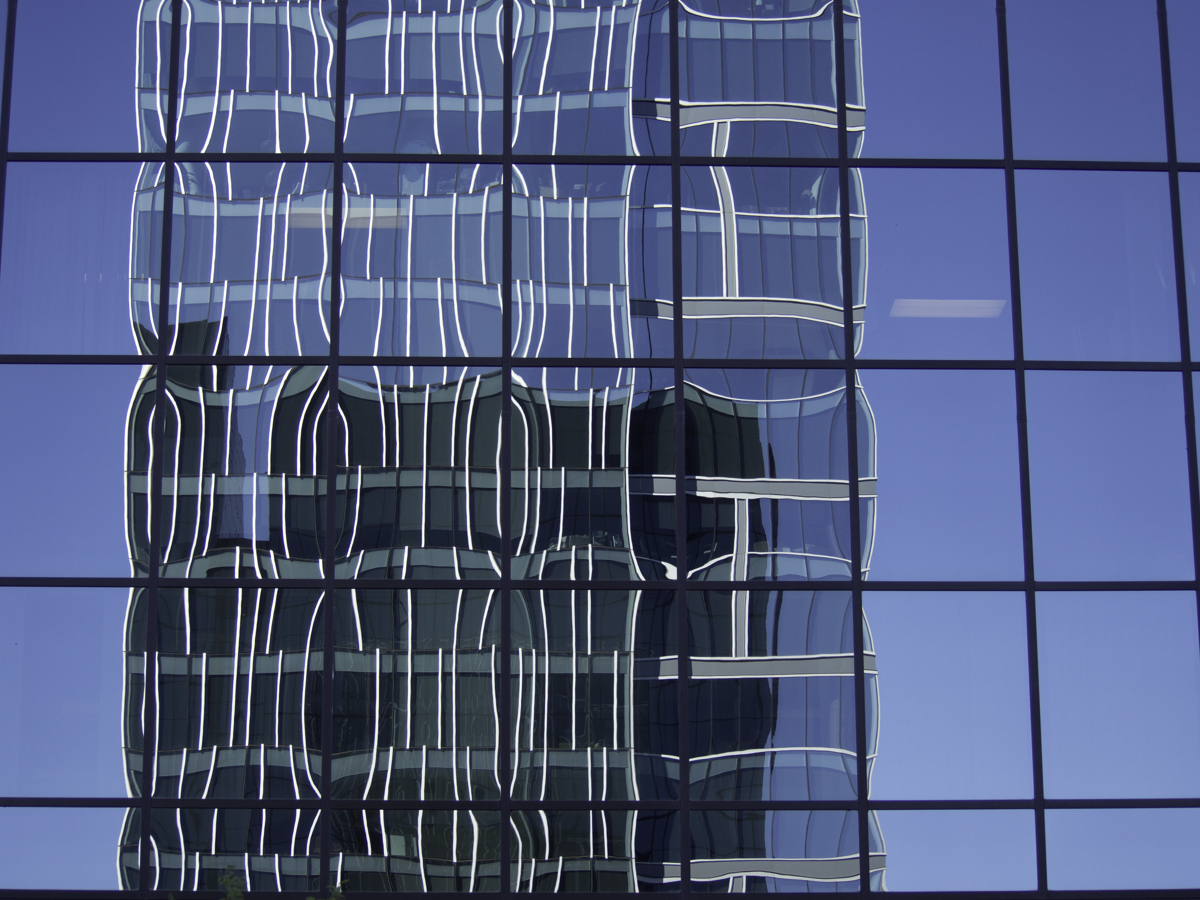I learned long ago that cameras don't "reproduce" reality. When I was young I took a history of photography course at the University of Arizona, and the most important lesson I learned was that photography isn't driven by technology, but by the particular vision of the human beings behind the camera. Photography reproduces the world in the same way that drawing or painting does: through an act of creation.
My passion for photography began in my teens. For several years I focused on semi-abstract nature photography in black and white, using a Mamiya 645 with Ilford film and paper. I marvel now that a hard day's shooting would result in 20-30 images, and a display ready print would result after many hours in the darkroom. Today I can come home with 1500+ images on my SD card!
I took a break from photography in college and graduate school, and didn't come back to it until my 40s.
I took up photography again in the digital age, first using my iPhone to experiment, and after a while graduating to stand alone cameras. It has taken me a while to find my niche again, but about 3 years ago I was suddenly struck by the beauty of the hidden gems in the urban landscape. Now, as you can see, the majority of my photos are architectural abstracts, at least for now.
The equipment I use is well suited to the task. I hate carrying around a lot of equipment, and loath having to use a tripod. I have chosen the Micro Four Thirds system as the ideal tool to do my work. The cameras have several qualities that make it well-suited for what I do: comfortable bodies, excellent and relatively light lenses, in-body image stabilization negating the need for a tripod, and a crop factor of 2, allowing for excellent telephoto performance without excess weight.
Most of my photos have been taken using an Olympus E-M1 (first version), and lately a Panasonic G9. My current lenses are the Olympus 40-150mm f2.8 Pro, often with the 1.4x teleconverter. I also use an Olympus 12-100mm f4 Pro. The 40-150mm has a full frame equivalent range of 80-300 (about 100-400mm with teleconverter), and the 12-100mm is the equivalent of a 24-200mm on a full frame camera. Because of the stabilization, I can routinely take long telephoto images (3-400mm equivalent) at relatively slow shutter speeds, often as low as 1/60th of a second.
I could not carry similar lenses on a full frame camera and do my work, and when I show my equipment to others who use telephoto they are amazed at the stabilization. Often the reaction is "wow!"
I am currently using a Panasonic G9 with the Olympus lenses, and it is a worthy competitor to the E-M1 Mark II. Each has their strengths and weaknesses, although I personally find the ergonomics of the Olympus to be superior, while the Panasonic menus are easier to navigate. I don't shoot video, although the G9 is supposed to excel at it.
Micro Four Thirds is the ideal system for MY work. For others, different tools may be required. I am happy to discuss your equipment needs, as I earn some of my living as a camera sales guy at National Camera Exchange in Edina, MN.
I shoot in RAW, edit in Adobe Lightroom, and print my photos on metal. I find that 24"x24" is a good size (yes, I for some reason see the world in squares). I am intrigued by the idea of printing on glass as well, and will be trying that soon. Below you will find an edited and unedited version of an image.
Please let me know what you think! My email is below.

